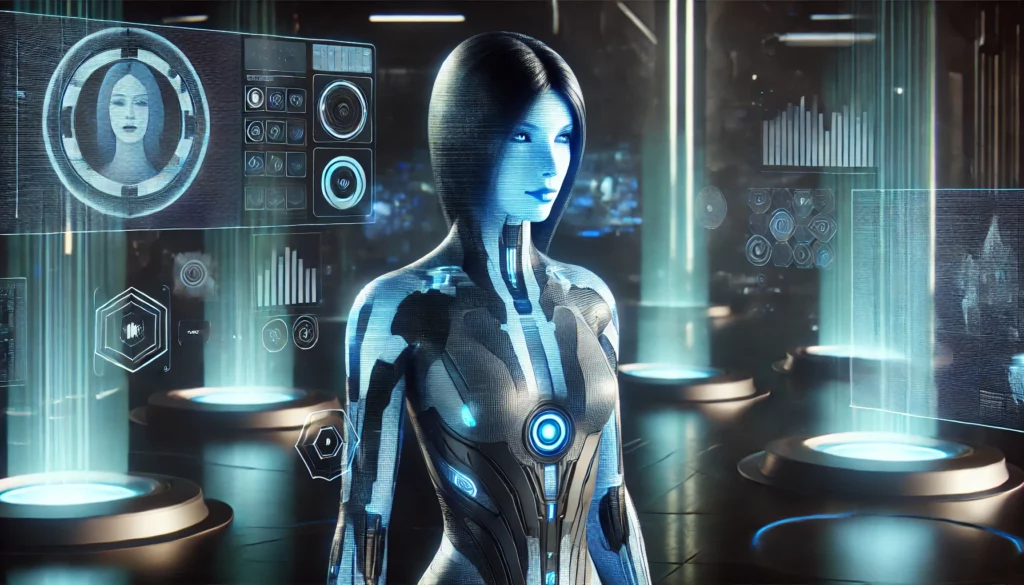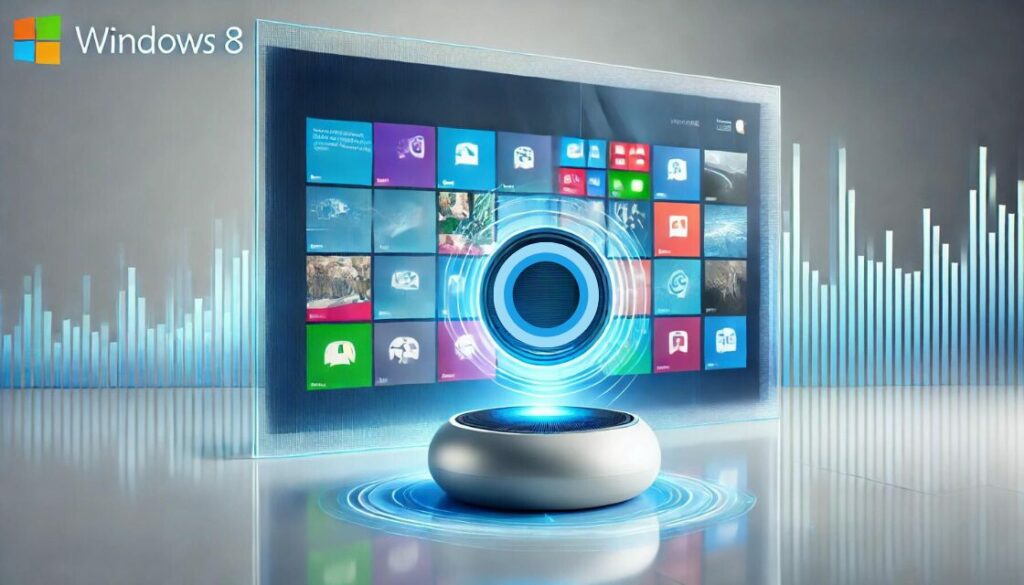Into the Abyss: The Powerful Rise and Fall of Cortana
In the world of digital assistants, Cortana once stood out. Named after a beloved character from the “Halo” video game series, Cortana was Microsoft’s bold attempt to change how we interact with our devices. For a while, it seemed poised to succeed. However, its journey from a promising start to an abrupt end is filled with twists, missteps, and unrealized potential. Let’s dive into the story of Cortana, exploring its rise and fall in the ever-changing tech landscape.
The Birth of a Digital Companion

In 2014, Microsoft introduced Cortana on Windows Phone 8.1. At that time, digital assistants like Apple’s Siri and Google Now were already making waves. Microsoft wanted to offer something more. Cortana aimed to be a personal, intuitive assistant, using advanced artificial intelligence and natural language processing.
Cortana could perform many tasks. It could set reminders, answer questions, provide weather updates, manage calendars, and even tell jokes. Its deep integration with Microsoft’s ecosystem, including Office 365, Outlook, and eventually Windows 10, set it apart. Cortana aimed to learn from user behavior, offering relevant suggestions and streamlining daily tasks.
The Ascension
Initially, users received Cortana well. They appreciated its contextual awareness and personable touch. In 2015, Microsoft integrated Cortana with Windows 10. This made it accessible on millions of PCs worldwide. Microsoft envisioned Cortana as the central hub of a user’s digital life, seamlessly connecting across devices and services.
Cortana’s Notebook feature allowed users to customize their preferences and interests. This showcased its potential as a truly personal assistant. Its presence in the Xbox One further broadened its reach. Thus, integrating gaming and productivity in a unique way.
The Gathering Storm
However, Cortana faced significant challenges. The market for digital assistants was competitive. Amazon’s Alexa and Google Assistant quickly advanced in capabilities and market share. Cortana struggled to keep up with the rapid innovations and expansive ecosystems of its rivals.
Microsoft’s strategic decisions also impacted Cortana’s success. The discontinuation of Windows Phone in 2017 was a significant setback. This removed a crucial platform for Cortana’s growth. Despite its presence on Windows 10 and other devices, it became clear that Microsoft’s focus was shifting.
The Decline
By 2018, Cortana’s weaknesses became apparent. While Alexa and Google Assistant expanded into smart home devices and third-party integrations, Cortana remained largely within Microsoft’s ecosystem. Microsoft decided to reposition Cortana as a productivity assistant within its suite of enterprise products. This further distanced it from general consumers.
In 2019, Microsoft separated Cortana from the Windows 10 search bar. This signaled a major strategy shift. Cortana’s role diminished, transitioning from a standalone assistant to a feature within Microsoft’s productivity tools. In 2021, Microsoft announced the end of support for Cortana on iOS and Android. They also removed Cortana functionality from the Harman Kardon Invoke speaker.
The Fall into Obscurity
By the mid-2020s, Cortana had faded into obscurity. What was once a promising digital assistant became a sidelined productivity tool. It was overshadowed by more versatile and widely adopted competitors. Microsoft’s vision of an AI-powered assistant that everyone used had not come to pass. Cortana quietly faded away.
Echoes in the Digital Abyss
Today, Cortana’s story reminds us of the challenges of technological innovation. It highlights the fierce competition and the importance of strategic decisions. Cortana’s journey from a hopeful start to a quiet end reflects the difficulties of balancing ambition with practicality.
As we look into the abyss of forgotten software, we find Cortana’s ghost. It serves as a testament to the potential and pitfalls of AI-driven innovation. Cortana’s rise and fall remind us that even the most promising technologies must navigate a challenging landscape. Success is never guaranteed.

Thank you for joining us on “Into the Abyss,” where we uncover the rise and fall of forgotten digital titans, one byte at a time. From audacious innovations to their ultimate legacies, stay tuned as we continue exploring the stories that shaped our digital world. Until next time, keep dreaming beyond the horizon with us.